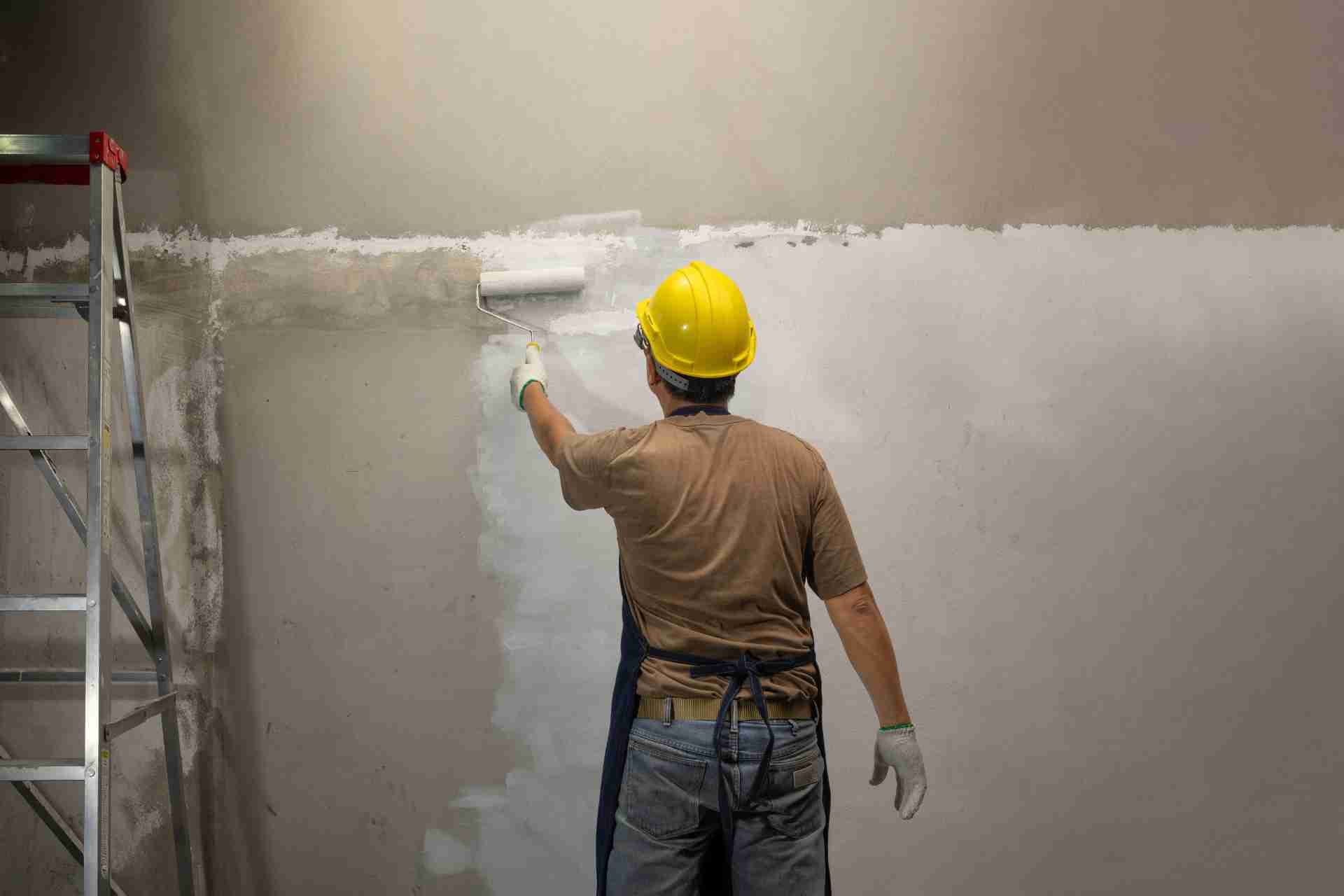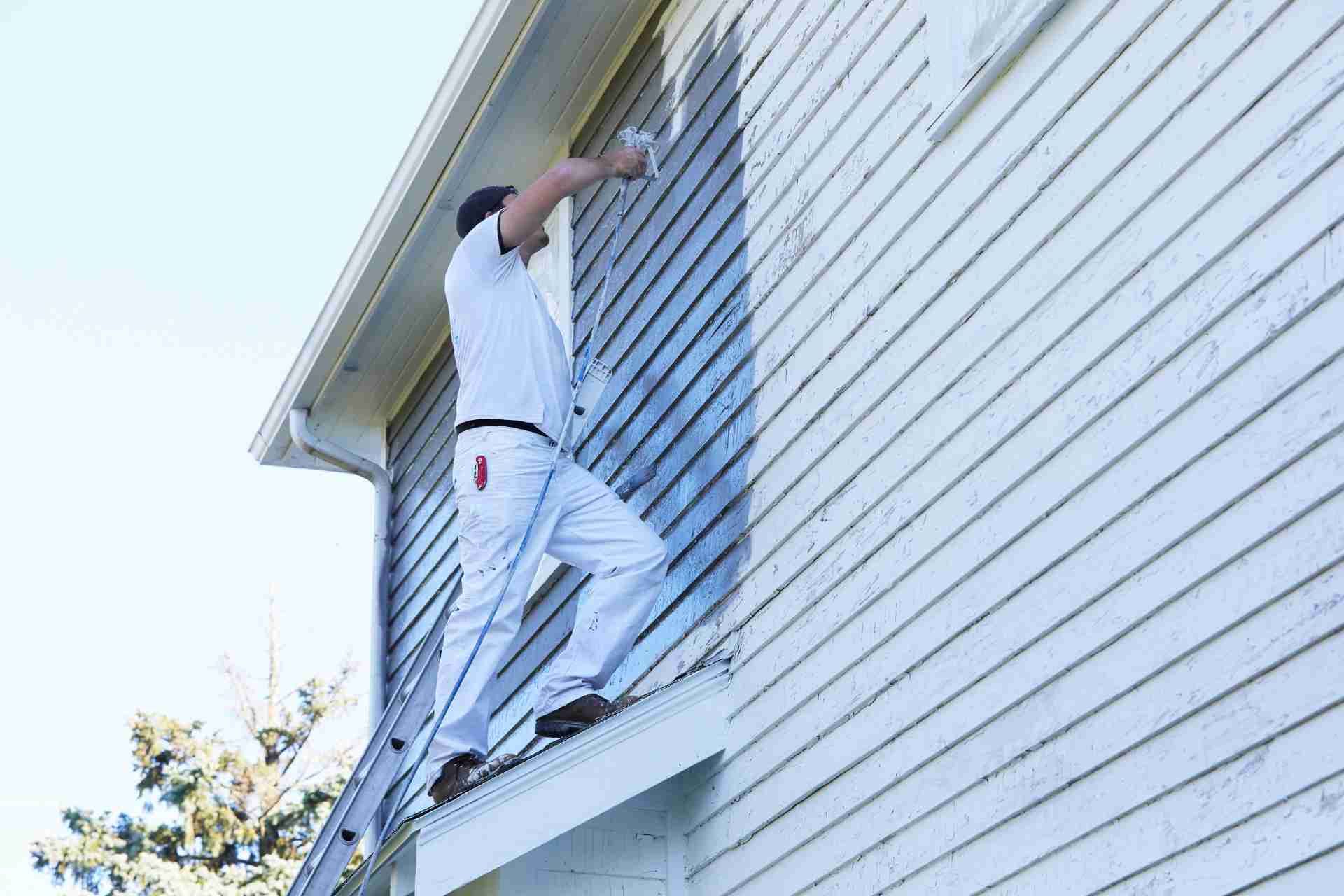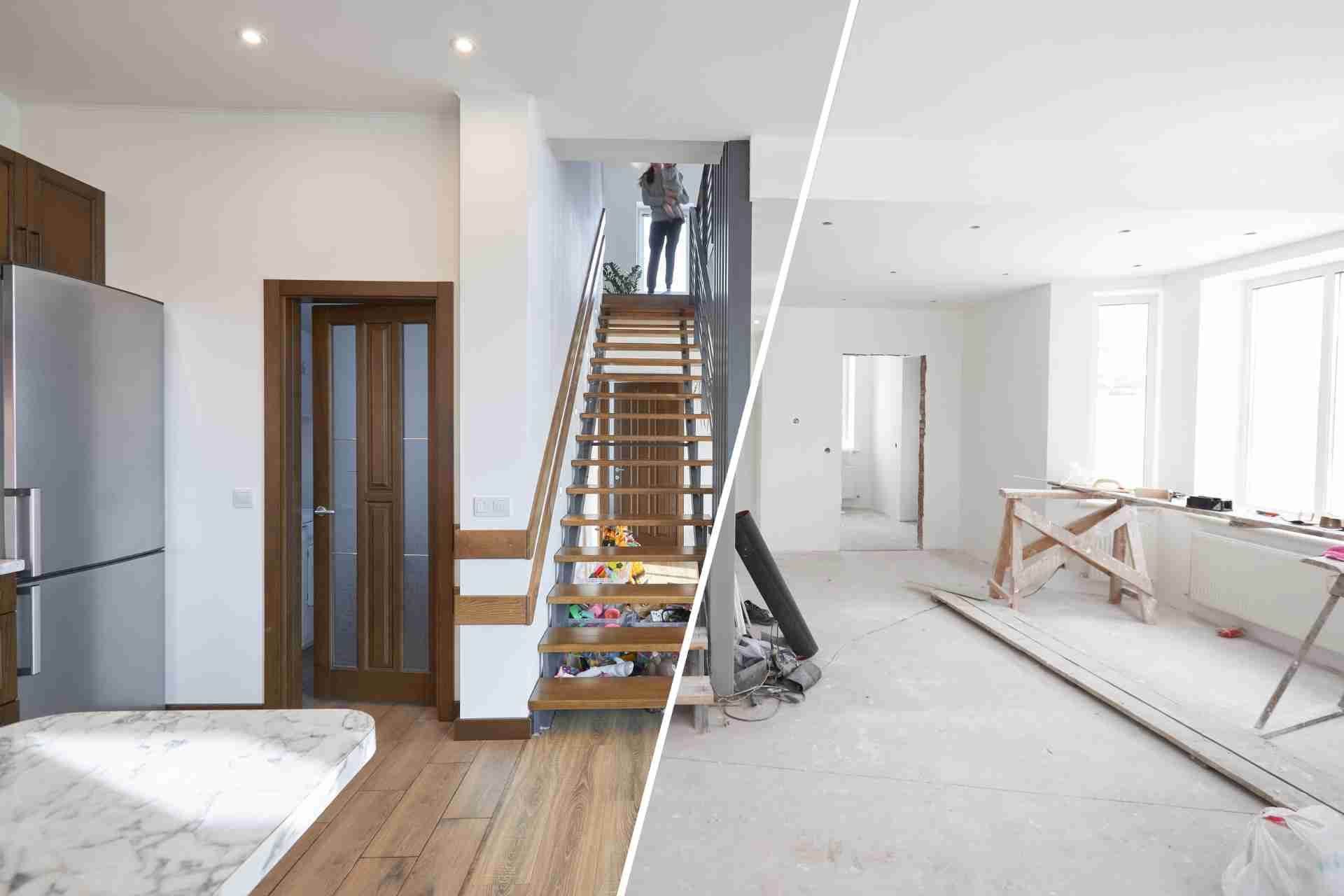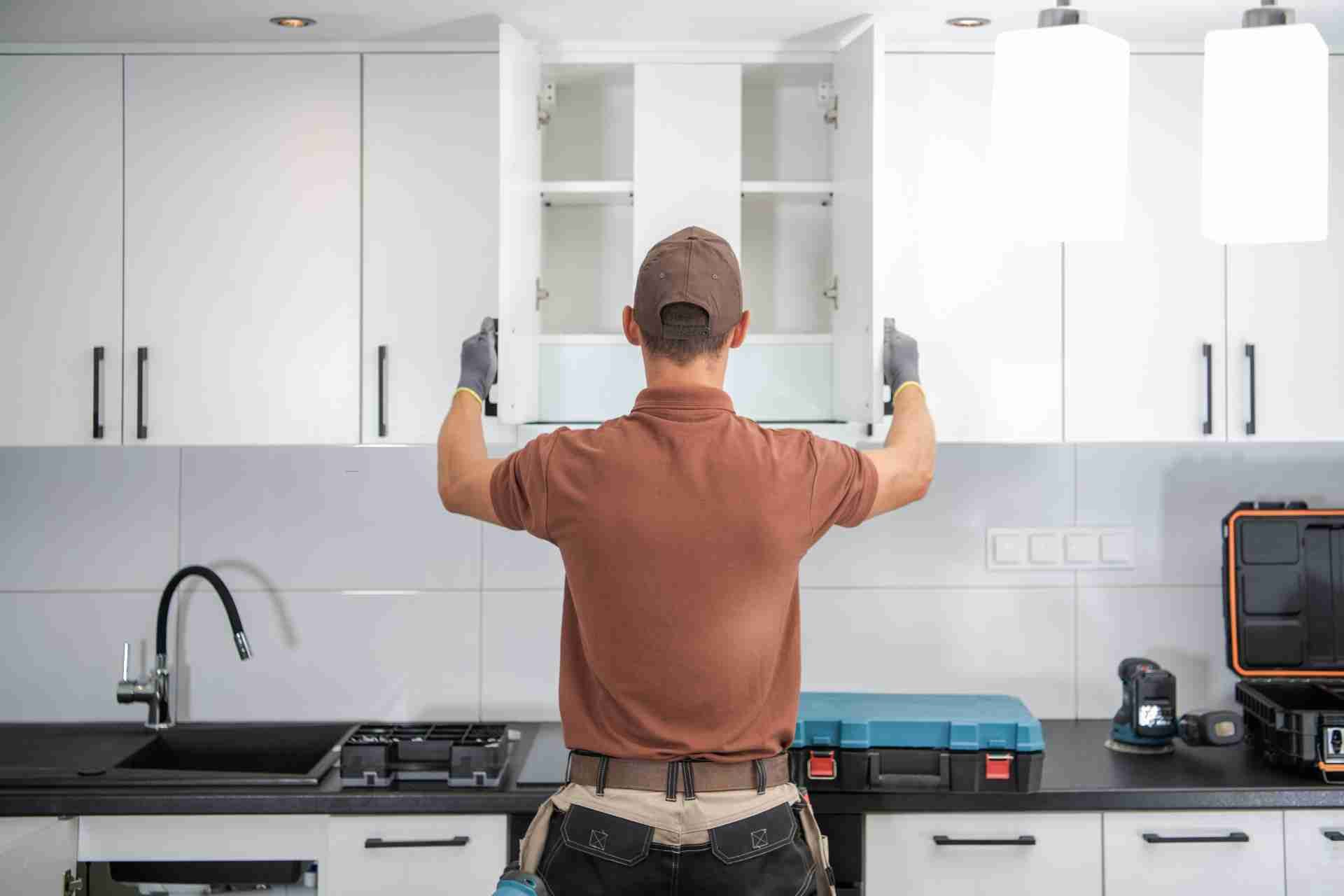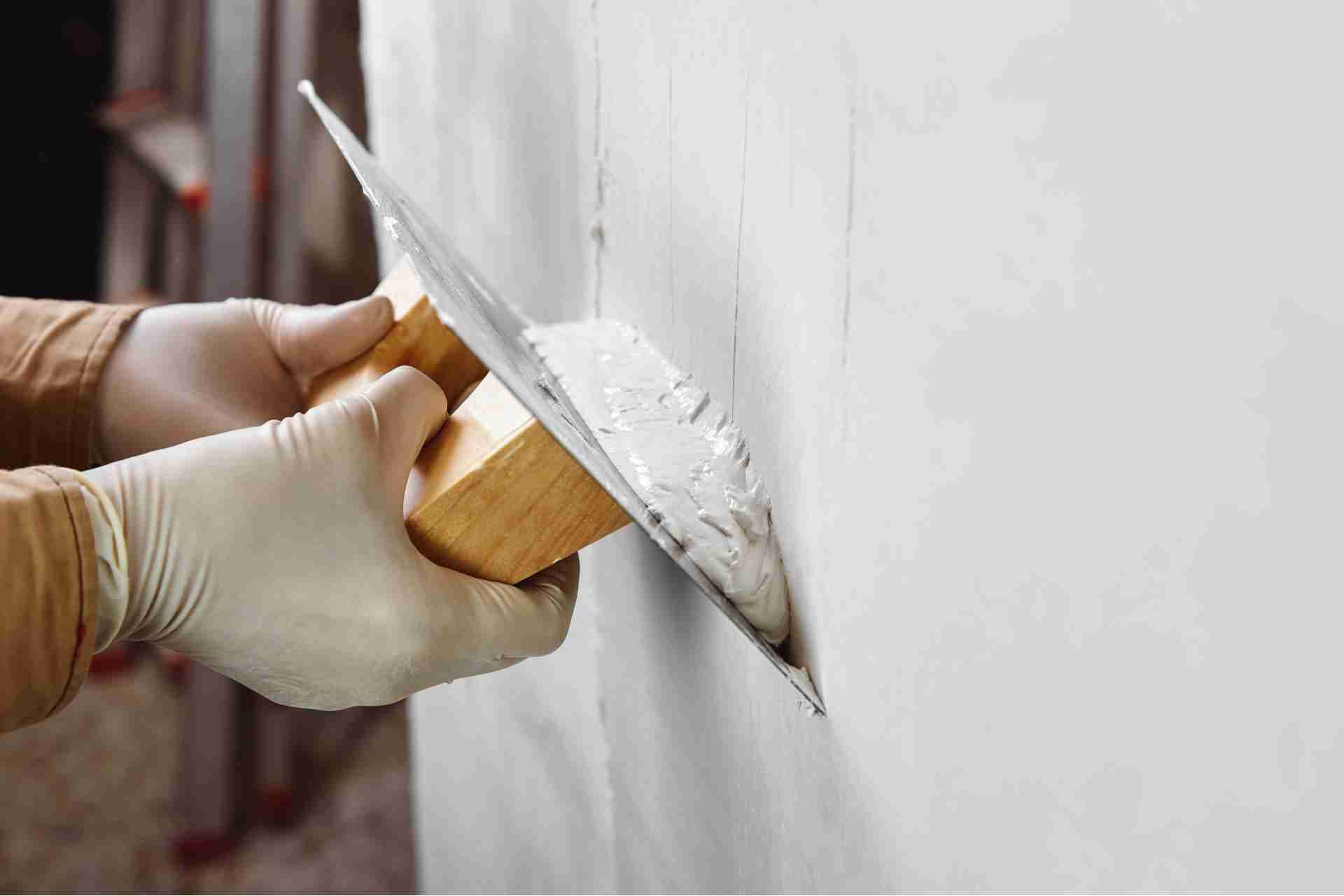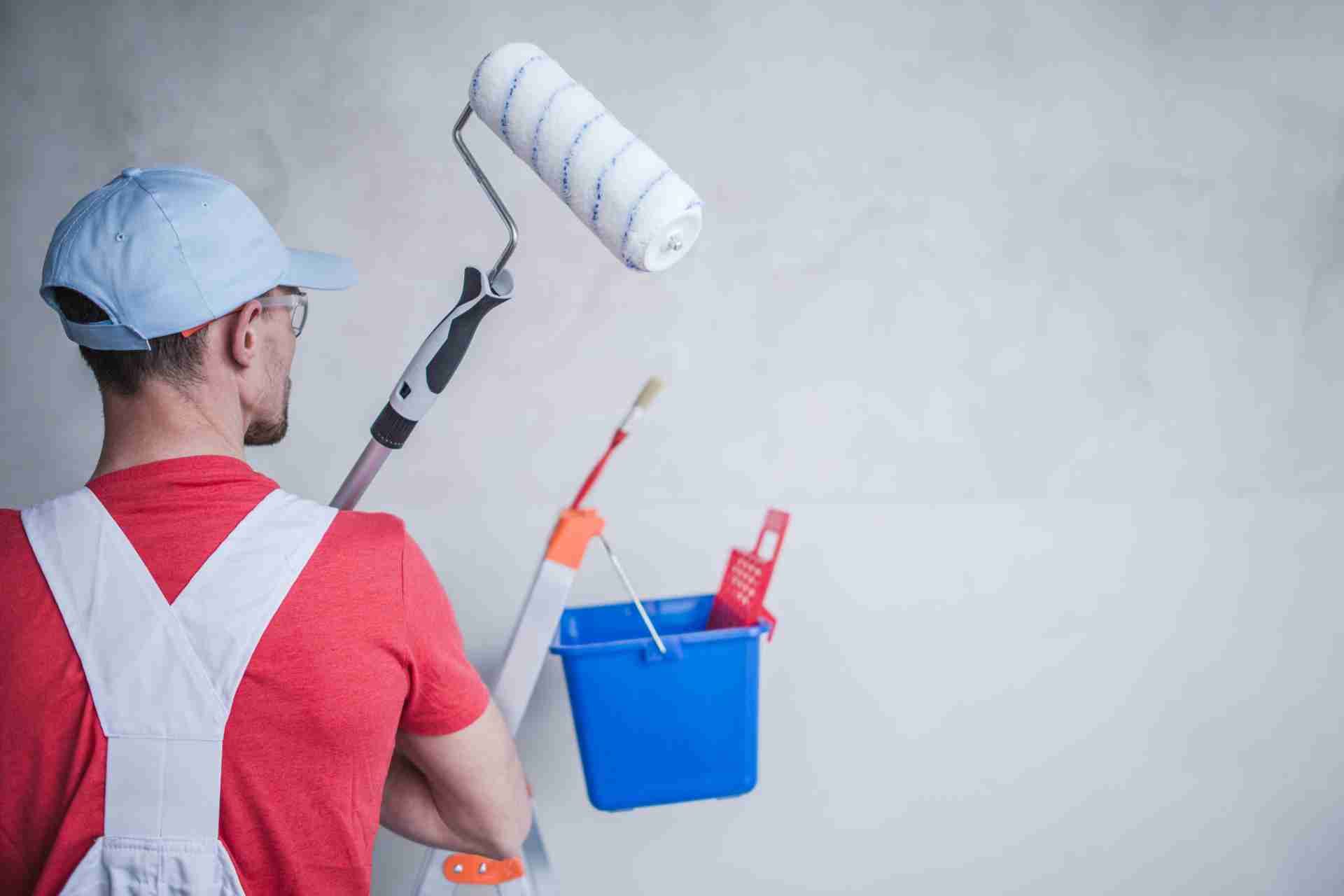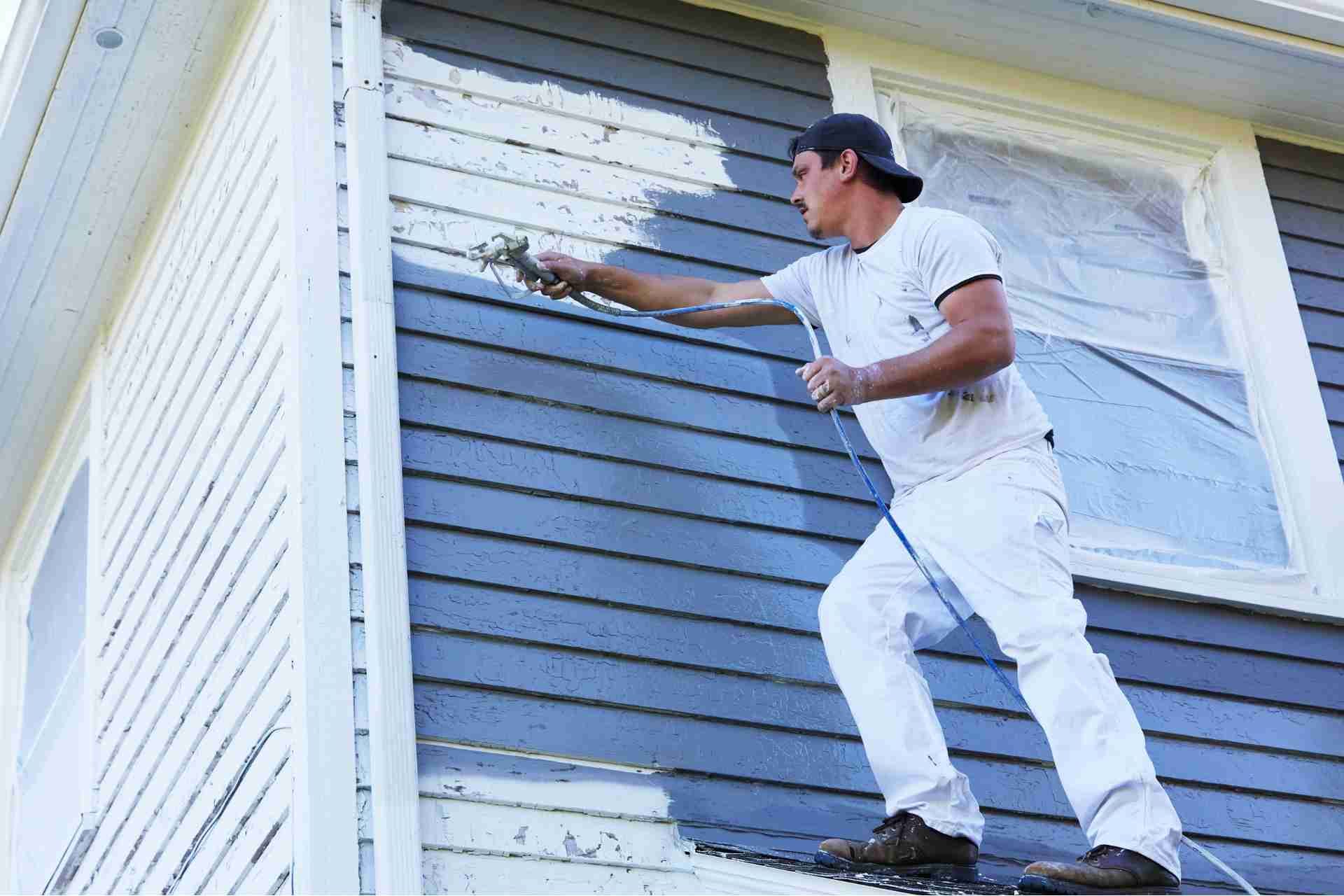Explore the Drywall Innovations Over the Years
You've likely noticed how drywall has evolved over the years, but have you considered the innovations that have reshaped its role in construction? From moisture-resistant panels to smart drywall solutions, these advancements have significantly improved performance and sustainability. As you explore the various aspects of drywall technology, you'll uncover the driving forces behind these changes and what they mean for the future of building materials.
The Evolution of Drywall Materials
As you explore the world of drywall, you'll notice that its materials have come a long way since their inception. Initially, drywall was made from simple gypsum sandwiched between paper.
Today, you'll find advancements like moisture-resistant boards, fire-rated options, and even eco-friendly alternatives. These innovations cater to diverse needs, whether you're tackling a humid bathroom or a fire-prone area.
Additionally, innovations in core composition have led to stronger, lighter panels, making installation easier. You might also discover soundproof drywall designed to minimize noise transfer, perfect for creating quiet spaces.
As you delve deeper, you'll appreciate how these material advancements enhance durability, efficiency, and sustainability in construction, making drywall an essential component in modern building practices.
Advances in Installation Techniques
With the evolution of drywall materials comes the need for improved installation techniques.
Today, you'll find innovative tools and methods that make hanging drywall quicker and easier. For instance, automatic tapers and drywall screw guns have streamlined the process, reducing the time it takes to achieve a smooth finish.
You can also benefit from lightweight panels that are easier to handle and maneuver, especially in tight spaces. Plus, new adhesives help secure drywall more effectively, allowing for fewer screws and faster installation.
As you embrace these advances, you'll notice the difference in both efficiency and quality.
Adopting modern techniques not only enhances your skills but also ensures a flawless result in your drywall projects.
Enhanced Durability and Performance
While traditional drywall has served us well, innovations in material science have led to products that significantly enhance durability and performance.
You'll find that newer drywall options are designed to resist moisture, mold, and even fire, making them ideal for various environments. These advanced materials are often lighter yet stronger, allowing for easier handling during installation.
With features like impact resistance, they can withstand everyday wear and tear, perfect for high-traffic areas. Plus, many of these innovations reduce the chances of cracks and damage over time, which means less maintenance for you.
Sustainable Drywall Solutions
Many homeowners and builders are now looking for materials that not only perform well but also have a minimal environmental impact.
Sustainable drywall solutions have emerged as a popular choice, featuring recycled content and low-VOC (volatile organic compounds) options. You might consider using fiberglass-faced drywall, which resists moisture and mold while being more environmentally friendly than traditional paper-faced boards.
Additionally, some manufacturers offer drywall made from agricultural byproducts, further reducing waste.
When you choose sustainable drywall, you're not just making a smart building decision; you're contributing to a greener planet.
As you plan your projects, remember that these eco-friendly options provide the same durability and performance as conventional drywall, making them a win-win for both you and the environment.
Future Trends in Drywall Technology
How will the drywall industry evolve to meet the demands of modern construction?
You'll see advancements like smart drywall integrating sensors to monitor humidity and temperature, enhancing energy efficiency.
Expect lightweight materials that ease installation while reducing transportation costs.
Innovations in fire-resistant and mold-resistant technologies will further ensure safety and longevity in buildings.
Additionally, you'll notice an increase in recycled content, responding to sustainability demands.
Augmented reality tools will streamline the design and installation process, allowing you to visualize changes before they're made.
As the industry embraces automation, expect robotic systems to assist in installation, minimizing labor costs and improving precision.
These trends promise a future where drywall not only meets functional needs but also contributes to smarter, greener buildings.
Conclusion
In conclusion, drywall innovations have significantly transformed the construction landscape, making it more efficient and sustainable. You've seen how advancements in materials and installation techniques have enhanced durability and performance while paving the way for eco-friendly solutions. As you look to the future, expect even more groundbreaking developments, like smart drywall and increased recycled content, that will further improve both functionality and environmental responsibility. Embracing these changes will help you stay ahead in the evolving construction industry.

